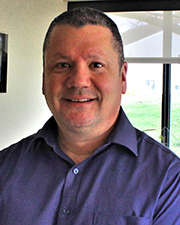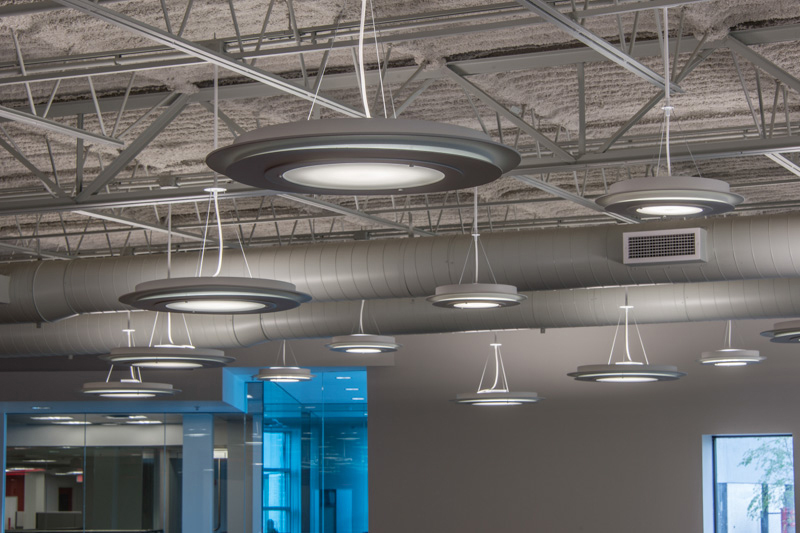Ask the electrician: How do modern LEDs streamline maintenance and improve cleanliness? - Brian Leborgne

In the realm of building maintenance, advancements in LED technology are proving to be transformative, extending far beyond simple illumination. In this Ask the Electrician column, we’ll discuss how LED fixtures streamline building maintenance and even enhance indoor air quality, exploring innovations that range from simplified circuitry and maintenance-free operation to groundbreaking air purification capabilities.
The compact nature and reduced power consumption of today’s LEDs significantly simplify maintenance. For example, we can now install multiple LED lights on a single circuit, a feat previously unattainable with fluorescent or incandescent lighting. This translates to fewer circuits, less equipment, and ultimately, reduced maintenance time and resources.
Building on the benefits of simplified circuitry, some LED fixtures take maintenance reduction even further with maintenance-free operation, eliminating the need for room entry. This is particularly beneficial in “clean rooms” and healthcare settings. These fixtures are installed in compartments above the ceiling, allowing service crews to perform maintenance from above, minimizing the risk of room contamination.

Beyond simply reducing maintenance, LED technology is also improving air quality. Moreover, innovative LED technologies, such as Visible Light Disinfection or Continuous Environmental Disinfection Systems, have revolutionized air quality. These lights emit narrow-spectrum light that effectively kills bacteria and infections like staph and MRSA, while also providing light. There are also motion-sensing lights that seamlessly transition from standard lighting to sterilization mode when a room remains unoccupied for a predetermined duration.
In contrast, traditional fluorescent and older LED fixtures often required the removal of lenses and screws for maintenance, necessitating room shutdowns, cleaning, and sterilization. Indigo-Clean technology, however, provides continuous air purification, minimizing the need for frequent room cleaning and sterilization cycles.
Additionally, robust and vandal-resistant LED fixtures are now available, offering significant cost savings and reduced maintenance burdens. These fixtures, engineered with durable materials and anti-tampering features, are ideal for high-traffic areas such as gyms, parking garages, schools, and public buildings.
In essence, the evolution of LED technology has reshaped the landscape of building maintenance, offering a multifaceted approach that extends beyond mere illumination. From the streamlined efficiency of simplified circuitry and maintenance-free operation, to the groundbreaking air purification capabilities of specialized LEDs, these advancements are driving significant cost reductions, improved safety, and enhanced indoor environments. By embracing these innovations, building managers can achieve a more sustainable, efficient, and healthy future for their facilities.
Brian Leborgne is a regional manager - service with Interstate Electrical Services Corp., North Billerica, Mass.
Check out the New England Real Estate Journal's 2025 Fall Preview Spotlight
Explore our Fall Preview Spotlight, featuring exclusive Q&As with leading commercial real estate professionals and in-depth byline articles on today’s most relevant market topics. Gain insight into the trends, challenges, and opportunities shaping New England’s commercial real estate landscape this fall.


30 years on South Coast Rail: A journey to connect Southeastern Mass. with commuter rail - by Rick Carey

How do we manage our businesses in a climate of uncertainty? - by David O'Sullivan

How long should I hold a property for it to qualify as an investment property in connection with a 1031 tax-deferred exchange? - by Brendan Greene and Mark McCue











